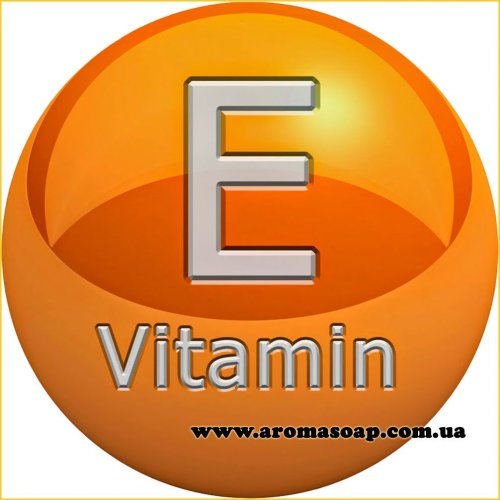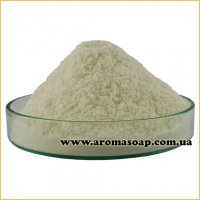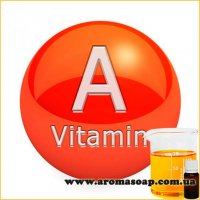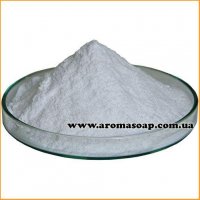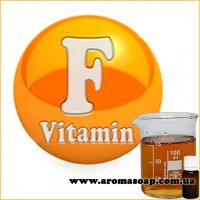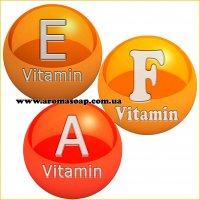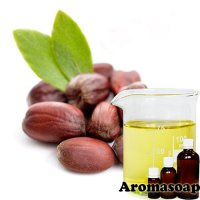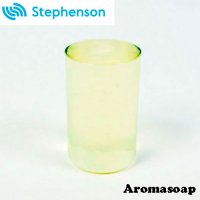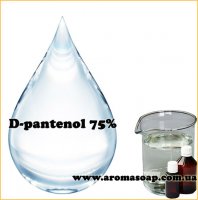Vitamin E acetate (liquid) 10 g (1 PC)
Description of appearance: transparent, yellow to yellow-green, oily liquid. Main substance content: 98.7%. Related substances (GC): 1.5%. Vitamin E is natural: fat soluble. Country of origin: Czech Republic. Country of origin of raw materials: China.
Entering the active phase or fatty phase: 1 – 5%.
As an antioxidant in oils, it can be used in an amount of 2-5% of the total mass, both in synergy with other antioxidants and in mono form. Antioxidant in cosmetics: 0.5-2%.
Vitamin E is widely known as one of the main helpers in maintaining youth and generally good skin condition. Vitamin E is especially important for facial skin, and here's why.
Thanks to its antioxidant effect, vitamin E (tocopherol) reduces the activity of free radicals, which are formed in large quantities in skin tissue when exposed to solar ultraviolet radiation, air oxygen and various substances in the environment. And if other areas of the body usually remain hidden under clothing, then the skin of the face is subjected to such bombardment especially intensely.
At the same time, vitamin E is supplied to the skin of the face by the body in the same quantities as for other areas of the skin, but is consumed here more intensively. That is why wrinkles, age spots and other skin disorders are the first to appear on the face.
Practice shows that with an increase in the supply of vitamin E to the skin, tissue rejuvenation, lightening, cleansing of the skin, smoothing of wrinkles and the disappearance of age spots can be observed.
Vitamin E helps normalize blood circulation and supply nutrients and oxygen to the skin itself. This helps to quickly restore microdamages, improves the overall appearance of the skin on the face, and reduces the risk of the appearance of veins and bags under the eyes.
Vitamin E for facial skin is also important for its ability to prevent the development of cancer: its antioxidant activity leads to a pronounced anti-cancer effect. The less cell membranes are damaged by free radicals, the lower the risk of developing skin cancer. This is especially true for those who are often exposed to the sun or live in southern regions. Vitamin E does not directly help against acne, and reports of its great effectiveness in the fight against acne are a myth. In most cases, the causes of acne are hormonal changes in the body, metabolic disorders or skin pollution, and vitamin E has virtually no effect on these causes. However, in some cases vitamin E can still help indirectly against acne. For example, in case of disturbances in the supply of nutrients to the skin, it can be the very component that will ensure the transport of necessary compounds into the skin, which will ultimately reduce the number of acne. In addition, sometimes the cause of acne can be an allergic reaction. Vitamin E, as a powerful immunomodulator, helps strengthen the immune system and reduce the occurrence of allergies.
Conclusion: when deciding to use vitamin E for acne, you first need to find out the reasons for the appearance of the latter. If it is a matter of age-related changes or oily skin, the use of tocopherol may be inappropriate.
Cosmetic creams can be considered as a preventative and additional means of supplying the skin with vitamin E. Masks with vitamin E are very popular among lovers of all things natural. They nourish the skin and soften it, but supply vitamin E in very small quantities. In terms of effectiveness, they are comparable to creams, but in terms of ease of preparation and application they give a head start to any other means.

